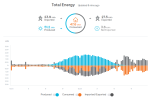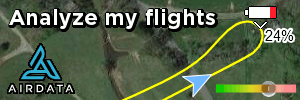Dave Pitman
Well-Known Member
- Joined
- Nov 25, 2016
- Messages
- 227
- Reactions
- 369
You are just highlighting the diversity of technology that the US is behind in manufacturing and executing even though most of the technology was invented in the US.I'm not sure that there has been an improvement. It's not really a manufacturing problem, it's a technology problem and the storage capacity of batteries, the energy efficiency of solar-to-power conversion of solar panels, etc. another example: 11 years after a celebrated opening, massive solar plant faces a bleak future in the Mojave Desert
You seem to be saying that for critical energy infrastructure, we should just concede defeat. But, for other markets, we should levee large tariffs without any accompanying plan to execute?











